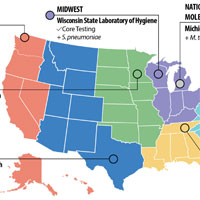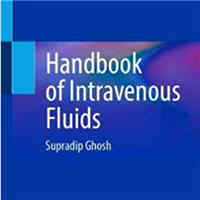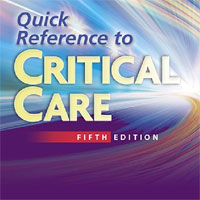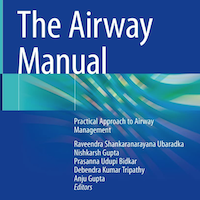
Double Mortality Risk for Depressed Heart Disease Patients
Among 24,000 patients with heart disease studied over many years, those who suffered from depression were at twice the risk of dying, according recently published findings from Intermountain Healthcare. A statistical analysis... read more

Can Electronic Alerts Help Identify Sepsis in Sick Children?
A two-step electronic alert system successfully reduced missed sepsis diagnoses in children by 76 percent. The new pediatric protocol, which incorporates the use of vital signs, risk factors, and a clinician's judgment,... read more

Avoiding Intubation
Review the basic principles and physiology of Non-Invasive Ventilation and High-Flow Oxygen Systems. Critical Care Summit talk by William Bender, MD, Assistant Professor of Pulmonary and Critical Care Emory University School... read more

Prescribed Morphine Milligram Equivalents of Opioids by County
Despite reductions in opioid prescribing in some parts of the USA, the amount of opioids prescribed remains high relative to 1999 levels and varies substantially at the county-level. Given associations between opioid prescribing,... read more

A Brief Review of Troponin Testing for Clinicians
Current American College of Cardiology and American Heart Association guidelines state that troponin is the preferred biomarker for diagnosing acute myocardial infarction (MI). Troponin T (TnT) and I molecules have amino... read more

Consideration of the Intracranial Pressure Threshold Value for the Initiation of TBI Treatment
Monitoring of intracranial pressure (ICP) is considered to be fundamental for the care of patients with severe traumatic brain injury (TBI) and is routinely used to direct medical and surgical therapy. The cerebral circulation... read more

This Startup Could Revolutionize How We Fight Infectious Diseases
Karius Test has raised $50 million to develop a novel technology that can detect more than 1,000 infectious diseases, without requiring the usual trial-and-error tests. The test is expensive at $2,000, and is meant for use... read more

Hyperglycaemia in Critically Ill Patients
There is an ongoing debate regarding the efficacy of glycaemic control in critically ill patients. Here we briefly highlight the key function of elevated glucose in critically ill patients, namely, to enable elevation of... read more

Delirium in Advanced Cancer Patients Worsens Survival
Patients with advanced cancer who arrived at the ED with delirium had increased rates of hospitalization and ICU admissions, as well as shorter survival rates, according to a study published in The Oncologist. Many patients... read more

Muscle Oxygenation as Indicator of Shock Severity
The aim of this pilot study was to evaluate the potential of a new noninvasive optical measurement of muscle oxygenation (MOx) to identify shock severity in patients with suspected sepsis. We demonstrate that noninvasive... read more

Better Detection & Response to Outbreaks with Enhanced Data
Established in 2016, CDC’s Antibiotic Resistance Laboratory Network (AR Lab Network) supports nationwide lab capacity to rapidly detect antibiotic resistance in healthcare, food, and the community, and inform local responses... read more

International Survey of Critically Ill Children with Acute Neurological Insults
Margaret Parker, MD, MCCM, speaks with Ericka L. Fink, MD, MS, about the PANGEA study (Prevalence of Acute Critical Neurological Disease in Children: A Global Epidemiological Assessment), published in the April 2017 issue... read more

Improving Long-Term Outcomes Research for ARF
Alison Turnbull, DVM, MPH, PhD discusses the heterogeneity in outcome measures in our field and the need for a Core Outcome Measurement Set (COMS) to standardize reporting of important outcomes. As part of the consensus process,... read more
Where is the Love in Critical Care?
If we look at any critical care system there are several components that are required to drive quality, safety and ultimately success. The greatest driver of success is ultimately the staff. Staff who feel safe, valued and... read more

Readmissions for Recurrent Sepsis: New or Relapsed Infection?
Sepsis hospitalizations are frequently followed by hospital readmissions, often for recurrent sepsis. However, it is unclear how often sepsis readmissions are for relapsed/recrudescent vs. new infections. The aim of this... read more

Anabolic and Anticatabolic Agents in Critical Care
Profound metabolic derangements occur in critically ill patients; this hypermetabolic response is a major contributor to adverse outcomes. Despite the pharmacological therapies currently available to counteract this devastating... read more

Examining Mechanical Chest Compressions
Mechanical chest compression (CC) during cardiopulmonary resuscitation (CPR) with AutoPulse or LUCAS devices has not improved survival from cardiac arrest. Cohort studies suggest risk of excess damage. Therefore, Koster et... read more








